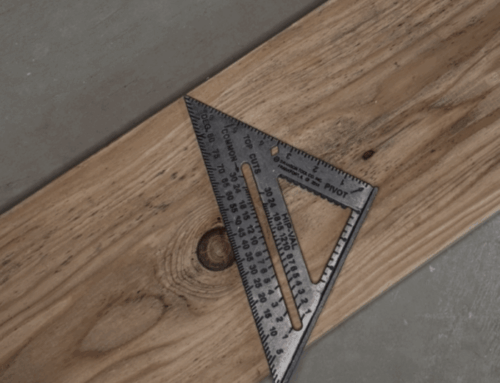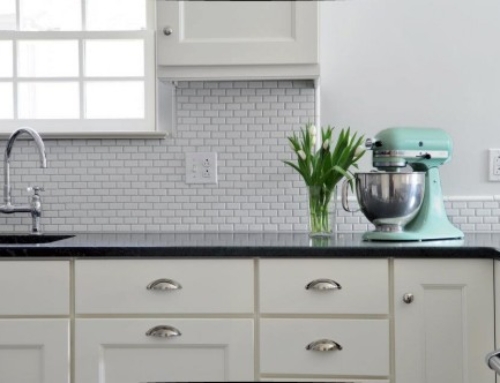Water Damage: Un-Sexy Yet Vital Repairs

Water. It’s a word that strikes fear in the hearts of homeowners everywhere, and for good reason. The worst issue facing any home (besides an earthquake or fire) is a water leak. Water infiltration — which many of us experienced during the local storms this week — can cause serious damage to your home, including everything from rot and mildew to insect infestation and even building collapse. And while repairing water-damaged siding and trim, replacing rotting materials, and fixing vexing leaks are not nearly as sexy as installing a shiny new kitchen or fresh new bath, they are some of the most important projects you can undertake. Take pride in knowing you are protecting your home investment when you fix even the smallest of water problems.
When we think about how water enters a home, we need to think about the house as a collection of interactive and supportive systems. You want your home remodeling to support and tie into those existing home systems. This is why, when you discover a water problem, it’s important to hire an experienced GC who understands your home in this way. A specialist, like a roofer or window pro, typically only understands their piece of the puzzle.
We find that modern homes that feature products like vinyl siding often have flawed systems, especially if they were not properly installed in the first place. For example, my house is a 1957 split-level rancher. It has a brick veneer first floor, and a second floor done in siding. The original asbestos siding was replaced with aluminum during the 1960s, and then with vinyl some time in the 1980s. The original 1950s windows are still in place, but, because the many siding systems were not properly tied into the old windows, most of the windows now show signs of some leaking. The roof is newer, less than 10 years old, but because it was also not tied into the siding properly, there are areas in the siding that we can assume are also leaking. In addition, the gutters and downspouts are undersized, so they clog up every few weeks with even the smallest amount of debris. It’s very clear that these thermal-vapor systems, which should work together, were never considered as a whole.
What does all of this mean for our next remodeling project? It means we have to tackle the whole “can of worms” to correct the various systems so they will finally work properly together again. Roof, gutters and downspouts, soffits, siding, and new energy-efficient windows will all need to be installed at the same time. There will probably be some water damage to correct inside the walls, too. Of course, we will be sure to use the correct systems and processes when we undertake this sizable job.





